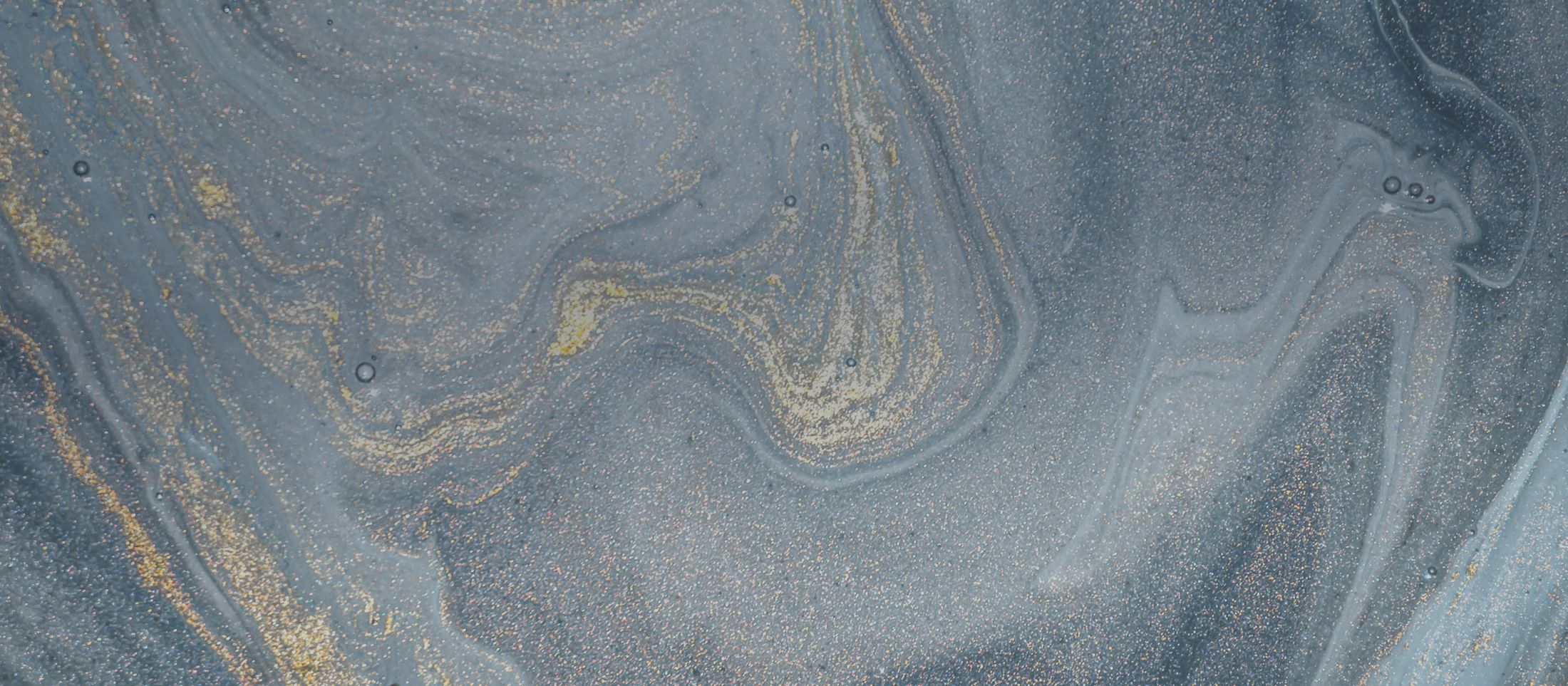



At Savannah Revision rhinoplasty is a surgical procedure to correct any aesthetic and/or functional problems that stem from a previous rhinoplasty procedure. Often, patients who want a revision rhinoplasty are unhappy with the new shape of their nose, or the previous surgery has impaired the nasal passage, making breathing uncomfortable or difficult. Because revision rhinoplasty involves correcting the work of a previous surgery (and surgeon), it is a very complex procedure that requires a great deal of skill and artistry to get right. Revision rhinoplasty is a highly delicate and specialized procedure that can repair the undesired effects of a primary rhinoplasty, including:

You may be an ideal candidate for a Revision rhinoplasty procedure if you are interested in changing the look of your nose or to improve its functionality after a previous rhinoplasty.
Also, the surgery is best performed on patients who are no longer developing (generally 16 and older). As with all medical procedures, excellent candidates are those in good overall health and who have informed, realistic expectations.

To know more about Revision Rhinoplasty Savannah patients can schedule a consultation with Dr. Minton, which is the first step to any procedure. There he will discuss your health history and closely examine your nose to determine the precise changes to be made in order to meet your needs. The nose will be photographed at different angles; these photographs are used during the surgery as well as to compare the look of the nose after the surgery. Painkillers like as aspirin and ibuprofen increase risk of bleeding and should be avoided two weeks before and two weeks after your Revision Rhinoplasty.


The procedure for a revision rhinoplasty is highly personalized to address the particular concerns of the patient. Some patients may only require a small touch-up, while others may require a more extensive reconstruction to correct the previous rhinoplasty. For instance, removing a hump requires reducing that portion of the nose, whereas a pinched tip means the area has to be built up with cartilage grafted from another part of the patient’s body (usually the septum, ear or rib). In general, a revision rhinoplasty involves the following four steps:

After Revision Rhinoplasty, a plastic/metallic splint may be placed on your nose to help retain its new shape, and it must remain in place for about a week. As part of your consultation, Dr. Minton will discuss the revision rhinoplasty healing process with you. He will give instructions on the best ways to take care of your nose and will prescribe medications to aid healing, reduce the chance of infection, and manage any discomfort.
Follow-up appointments will be arranged to ensure that your healing is going well. Bruising and swelling in the surgical area and around the eyes are common after a revision rhinoplasty, but will reduce over time. During recovery, your head should always be elevated above your chest, as this will help keep swelling to a minimum. Over the course of the year, you will notice changes in the nasal features as the nose settles into its new shape.
A patient’s first rhinoplasty is referred to as a primary rhinoplasty, whereas a revision rhinoplasty is considered to be a secondary rhinoplasty because it corrects any issues brought on by the first surgery. Because the nose is so delicate–and even more so after a primary surgery–revision rhinoplasty requires a great deal of skill and artistry.
After the initial consultation, revision rhinoplasty usually takes 1 to 4 hours, but this depends on the extent of correction needed.
Yes, the purpose of revision rhinoplasty is to improve the outer shape of the nose or repair any internal nasal issues–or both in one surgery.
Sutures will be removed about 5-7 days after the revision rhinoplasty, but you will continue to wear a splint and bandages for about a week. Bruising and swelling will begin to improve over the course of the next two weeks. Patients can usually return to work within one to three weeks (depending on the nature of their work and the extend of the corrective surgery). More strenuous activities can be resumed after 3 to 4 weeks.
The patient doesn’t feel anything during rhinoplasty. Post surgery, patients can experience discomfort such as swelling and bruising at the site of the surgery and around the eyes, but this tends to resolve in about a week. Dr. Minton can prescribe medicine to help ease any discomfort.
Our skilled, double-board certified facial plastic and reconstructive surgeon Dr. Minton is available to discuss revision rhinoplasty in greater detail during a consultation at our Savannah Facial Plastic Surgery office in Savannah. Arrange your consultation by contacting us today.